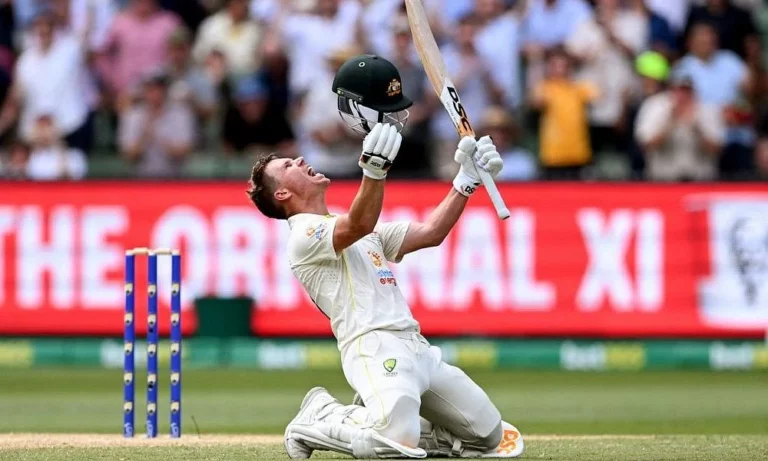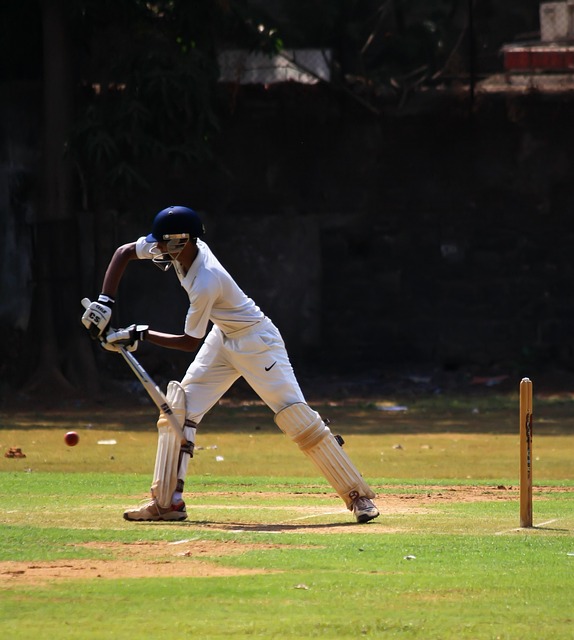The Influence of IPL on Cricket Ground Sustainable Development Practices
Lotus365, Reddy Anna Book: IPL matches have undeniably brought about a surge in the commercial interest of cricket, with stadiums across India witnessing a significant rise in footfall during these high-octane encounters. The vibrant and energetic atmosphere during IPL matches adds a new dimension to the traditional game, attracting a diverse audience comprising of both ardent cricket lovers and casual spectators.
However, the extensive use of cricket grounds during IPL matches often leads to wear and tear of the pitch and outfield, requiring meticulous maintenance and repair work once the tournament is concluded. Groundsmen play a crucial role in ensuring that the playing surface is up to international standards, despite the rigorous schedule and intense gameplay that IPL matches entail. Balancing the need for high-quality cricketing conditions with the demands of a packed IPL season is a constant challenge faced by cricket ground authorities.
• IPL matches have increased commercial interest in cricket
• Stadiums experience a rise in footfall during IPL matches
• Diverse audience includes both cricket enthusiasts and casual spectators
• Extensive use of grounds during IPL leads to wear and tear of pitch and outfield
• Groundsmen play key role in maintaining playing surface to international standards
• Balancing quality conditions with demands of packed IPL season is a challenge for ground authorities
Current Sustainable Development Practices in Cricket Grounds
Sustainable development in cricket grounds is a growing concern across the globe. Many stadiums are now adopting eco-friendly practices to reduce their carbon footprint. One prevalent practice is the use of solar panels to generate electricity, decreasing reliance on non-renewable energy sources. Additionally, water conservation efforts like rainwater harvesting systems are being implemented to reduce water wastage during matches and maintenance activities.
Moreover, many grounds are focusing on waste management by introducing recycling bins and composting facilities. This helps in minimizing the amount of waste sent to landfills and encourages a more eco-conscious approach among spectators and staff. These sustainable development practices not only benefit the environment but also showcase the commitment of cricket grounds towards promoting a greener and more sustainable future.
Challenges Faced in Implementing Sustainable Development Practices
Implementing sustainable development practices in cricket grounds is not without its challenges. One major obstacle is the high initial cost associated with making infrastructural changes to promote sustainability. Many clubs and organizations may struggle to allocate financial resources to invest in eco-friendly technology or materials that are required to reduce their environmental impact.
Additionally, resistance to change and lack of awareness about the importance of sustainable practices further hinder progress in this area. Some stakeholders may be hesitant to adopt new strategies or may not fully understand the long-term benefits of implementing eco-friendly measures. Educating key decision-makers and stakeholders about the positive impact of sustainable practices on the environment and the future of cricket grounds is crucial in overcoming this challenge.
What is the impact of IPL matches on cricket grounds?
IPL matches often result in heavy footfall and increased use of resources, leading to wear and tear of cricket grounds.
What are some current sustainable development practices in cricket grounds?
Some current sustainable development practices in cricket grounds include rainwater harvesting, use of solar power, and waste management systems.
What are some challenges faced in implementing sustainable development practices in cricket grounds?
Challenges include resistance to change from traditional practices, high initial investment costs, and lack of awareness among stakeholders.







